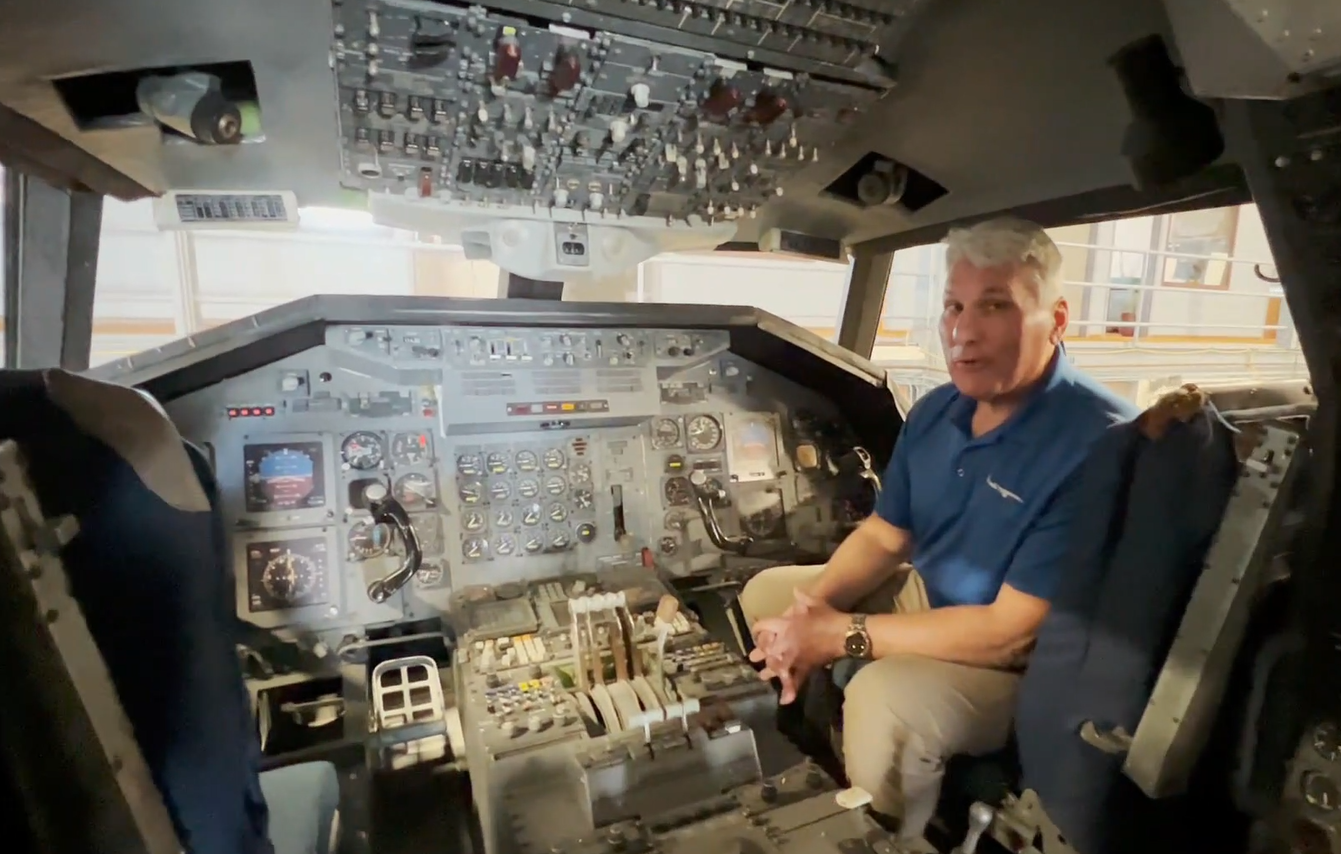Boeing gets new MAX order and new MAX boss
13 March, 2021
3 min read
By joining our newsletter, you agree to our Privacy Policy


Momentum is finally building at Boeing with private investment firm 777 Partners agreeing to buy 24 737 MAX jets and taking options on an additional 60.
The order follows buys from Alaska Airlines, Virgin Australia, Ryanair, and United Airlines.
According to Seeking Alpha, the Miami-based 777 Partners will lease the 737-8s to its affiliated operating ultra-low-cost carriers.
Shares in Boeing have jumped to their highest level in a year buoyed by the news that an order from Southwest Airlines for the MAX is also close.
And the key to that order maybe the news that former 737 MAX chief engineer Ed Clark has returned to the role. Prior to joining Boeing in 2006 Clark held senior leadership roles at Southwest Airlines.
Clark is the fifth head of the troubled program since 2018.
Bringing the Boeing 737 MAX back into service after two tragic crashes that claimed 346 lives has been the most comprehensive aircraft re-evaluation since the Comet tragedies of the early 1950s.
The numbers are extraordinary with 391,000 engineering and software man-hours, 1,847 simulator hours, 3000 flight hours, 80 airlines and 12 aviation regulators or organizations.
The result of that global extraordinary effort is an aircraft that is as safe as the industry can make it and reflects the watershed that these accidents are for aviation.
Qatar Airways destinations soar.
In fact, Boeing and the regulatory team have put in new features designed to prevent incidents that have never happened.
Key to the recertification has been Boeing’s engineering analysis of every system, not just the Manoeuvring Characteristics Augmentation System or MCAS, which is a control law within the flight control system.
The MCAS system, responding to erroneous data from a single faulty sensor, sent the Lion Air and Ethiopian 737s into a dive and the pilots did not respond as expected.
Boeing has gone through a very extensive Fault Tree Analysis of the entire flight control system and making additional changes well beyond those requested.
Once that was done there were a series of audits of its software, how it was developed, the requirements, the design, and how Boeing checked the software.
Next, there were four separate audits of the entire package.
Once ticked off, pilot training was next, and rather than experienced pilots Boeing and the regulators sought a wide mix of new pilots from 80 airlines.
Gone were the documented industry assumptions that have governed cockpit designs for decades Boeing wanted raw pilots with minimum experience.
All four of the major regulators, from the US, Canada, Europe and Brazil that approve commercial aircraft from Boeing, Bombardier, Airbus and Embraer were used for the certification management team.
Also working alongside, the regulatory team was a Technical Advisory Board, which was comprised of the FAA, the US Air Force, the US Department of Transportation and NASA. The TAB brought in a series of industry experts and former crash investigators to evaluate the two accidents and make recommendations back to the FAA on what should be done moving forward.
Another group the Joint Authorities Technical Review brought together other regulatory agencies from around the world that was continually briefed on all the findings and gave input as well.
Pilot training for the 737 MAX has gone through a radical shakeup and includes a full simulator session with recovery from a full stall, runaway stabilizer, and manual trimming at high speeds.
Next Article
2 min read
Qantas triples profit but misses mark

Get the latest news and updates straight to your inbox
No spam, no hassle, no fuss, just airline news direct to you.
By joining our newsletter, you agree to our Privacy Policy
Find us on social media
Comments
No comments yet, be the first to write one.

